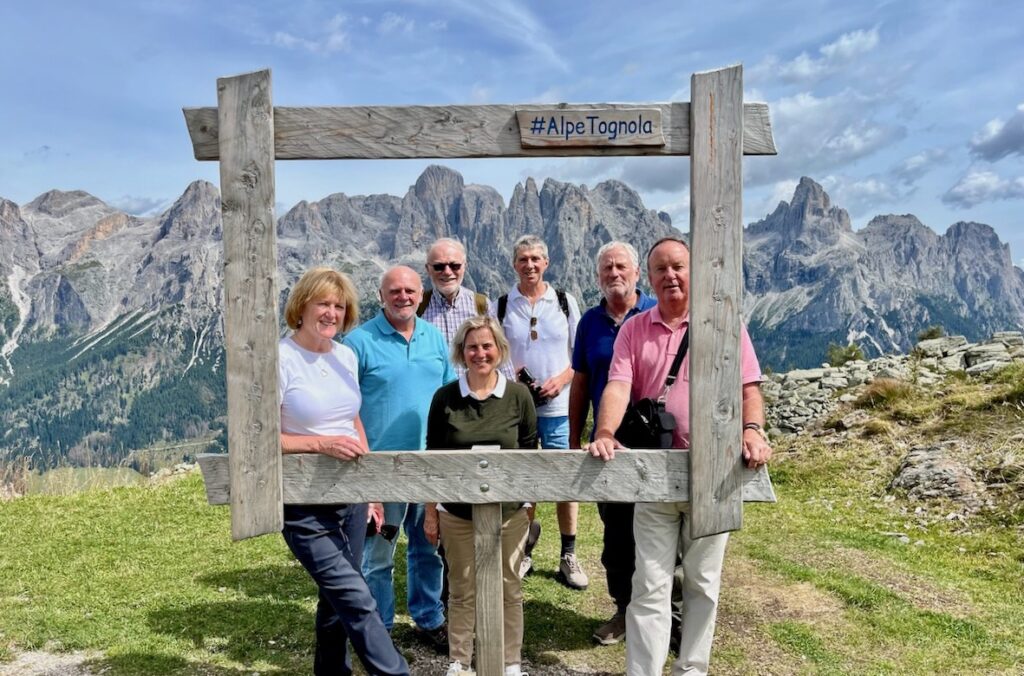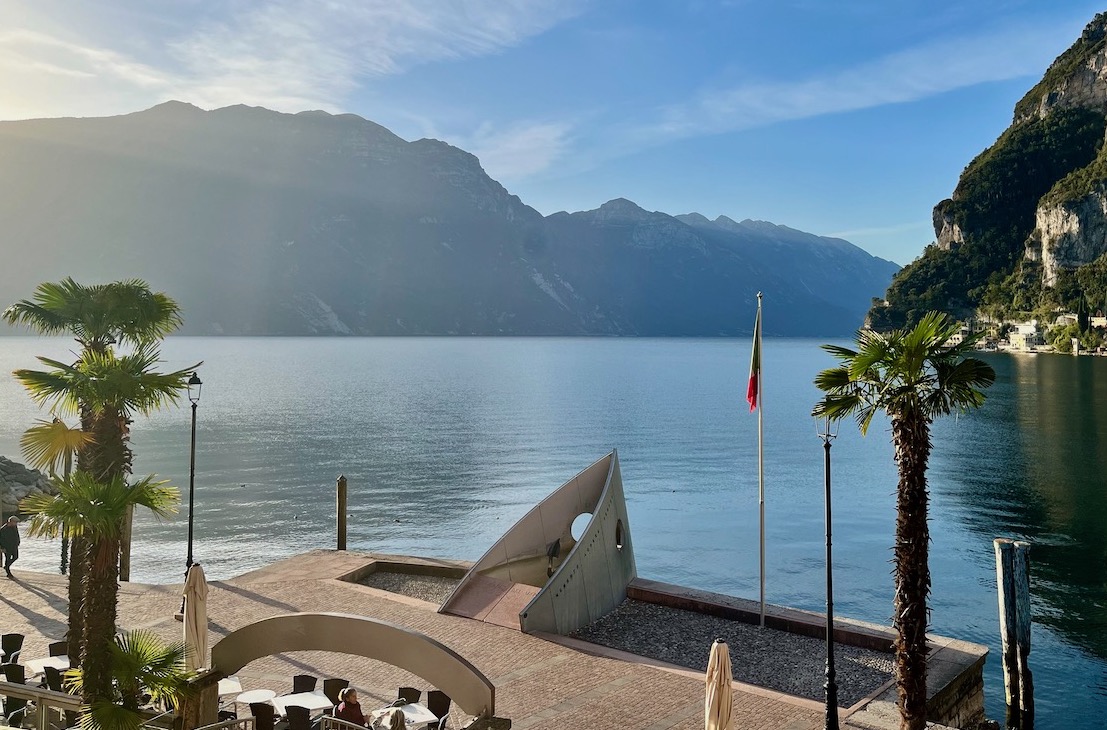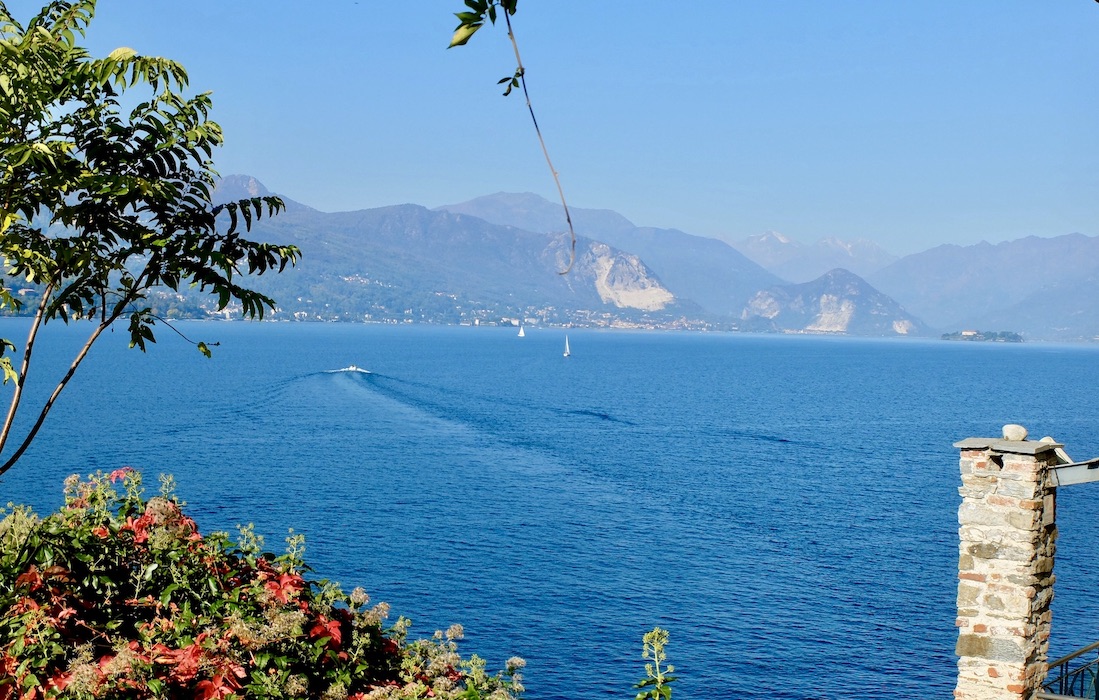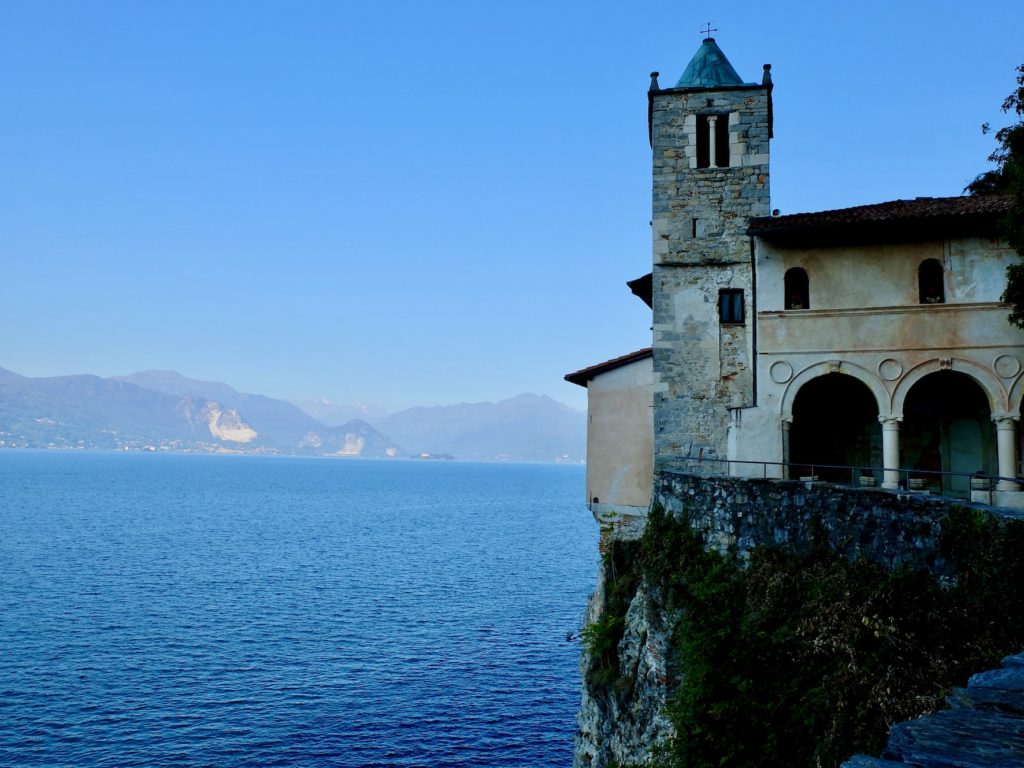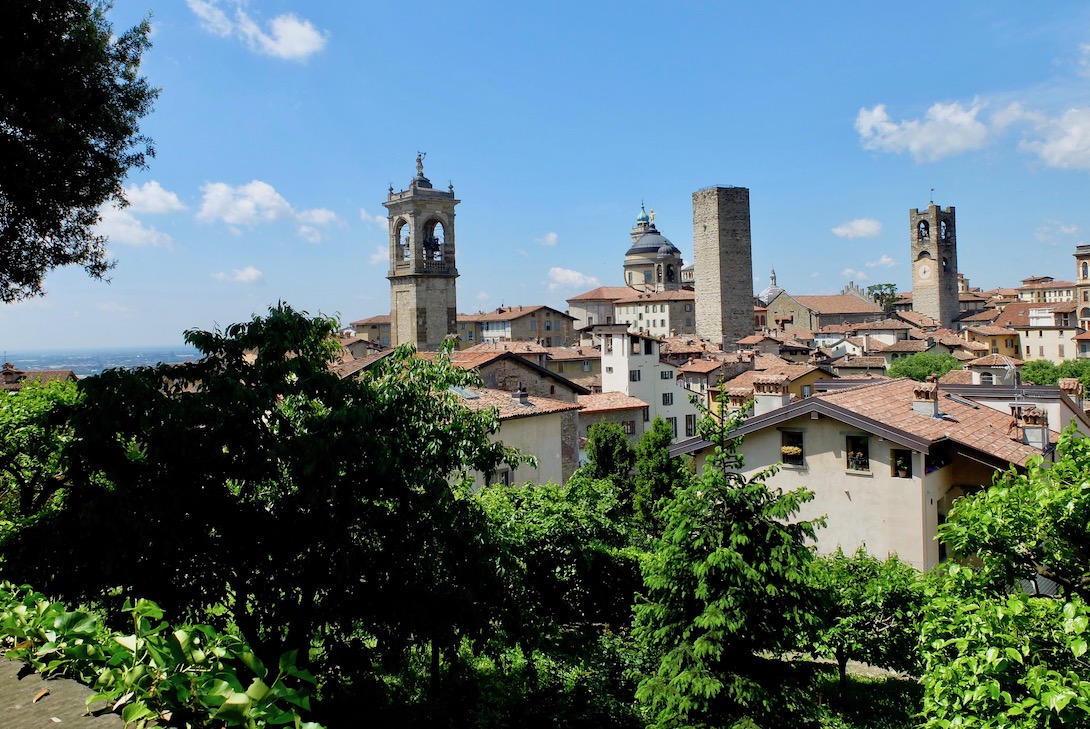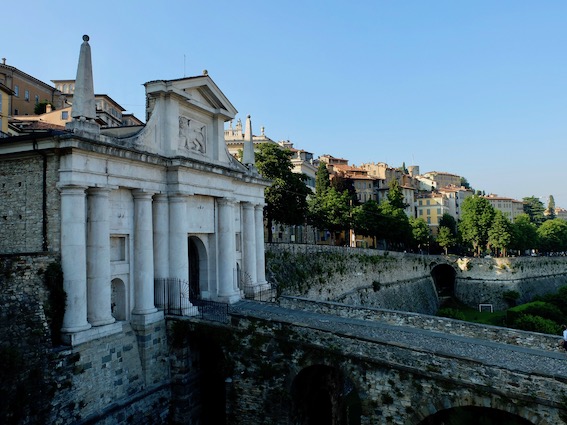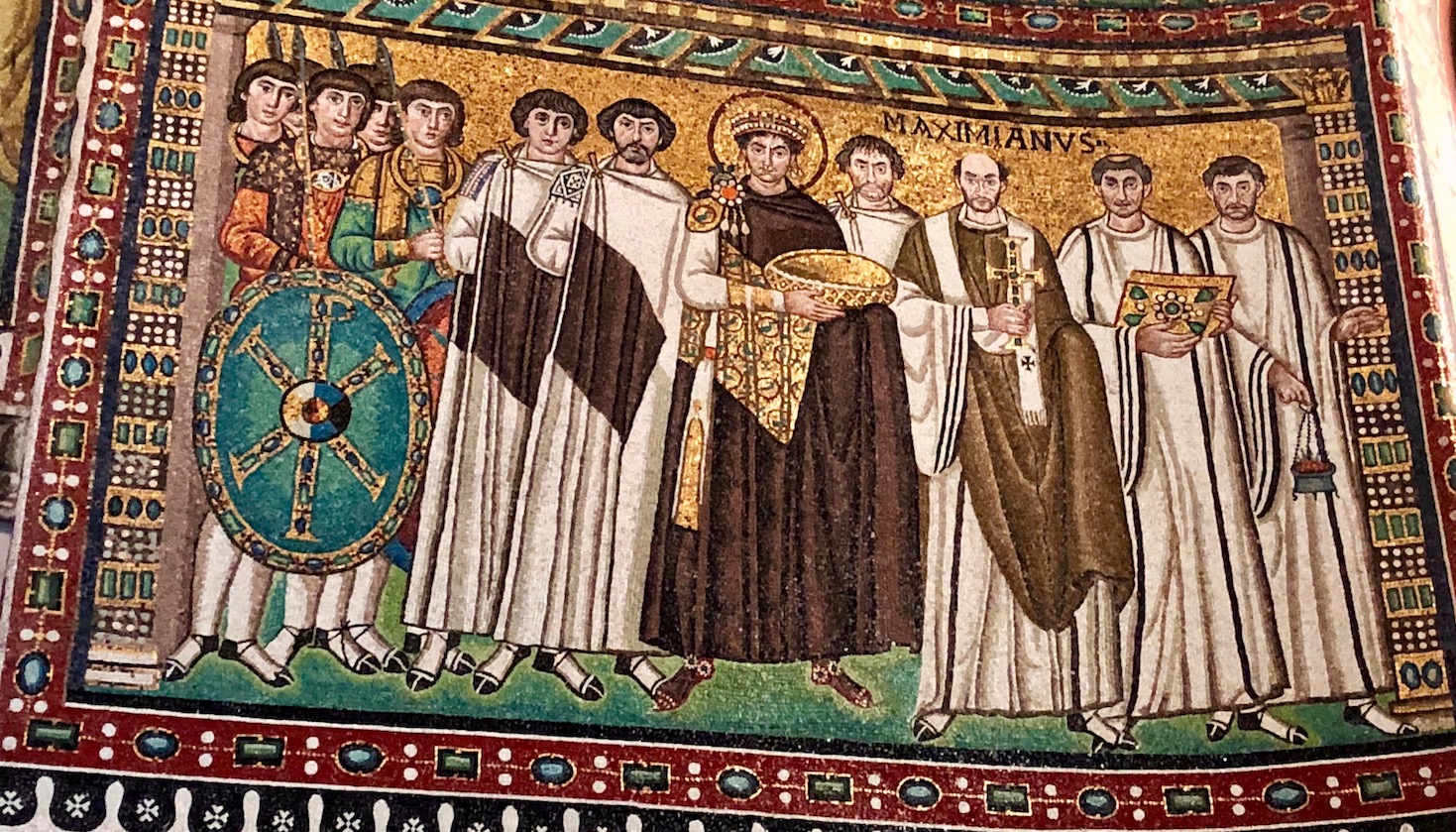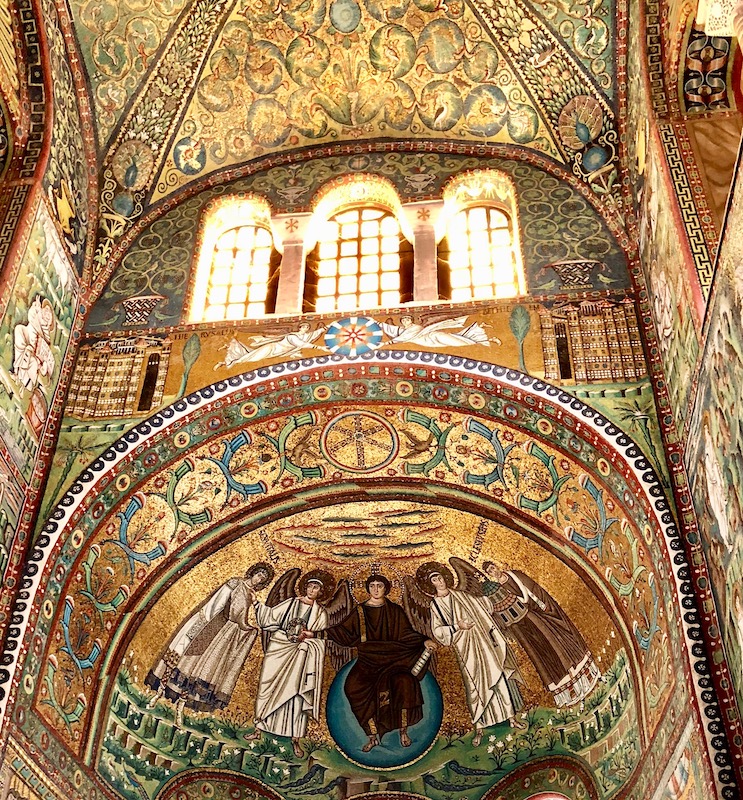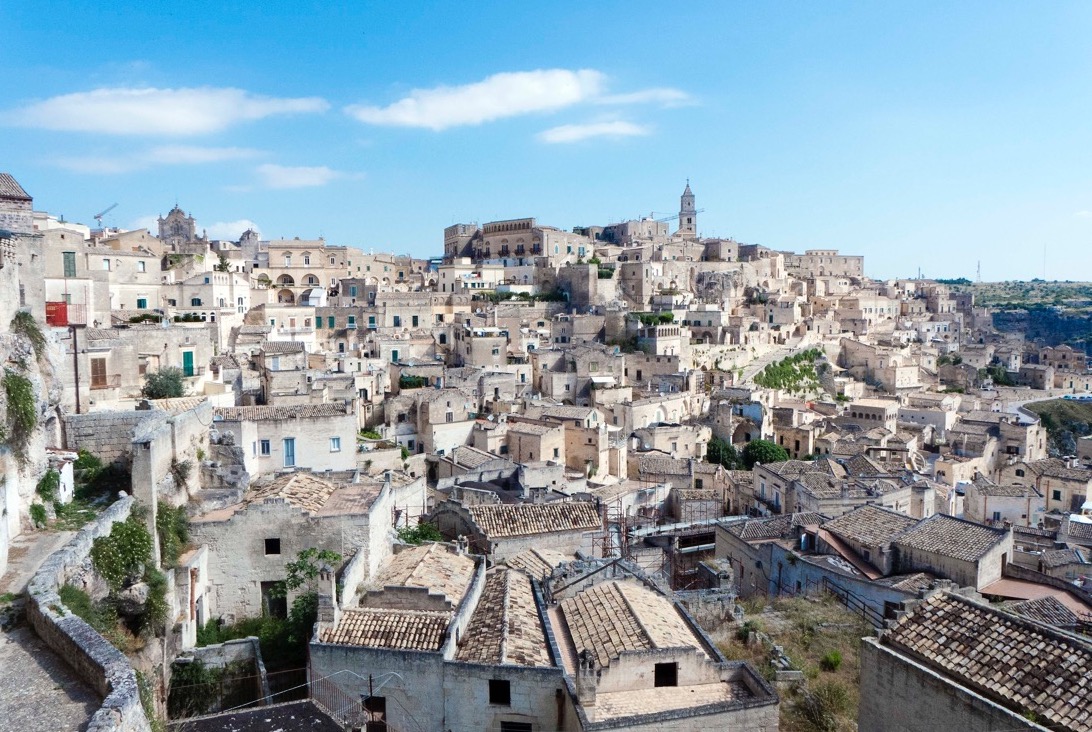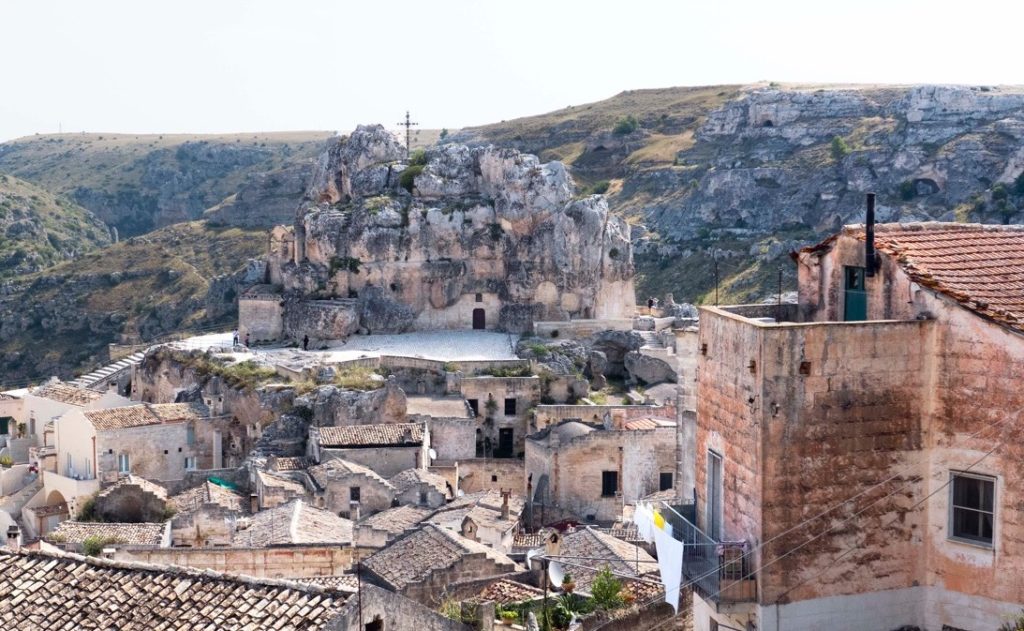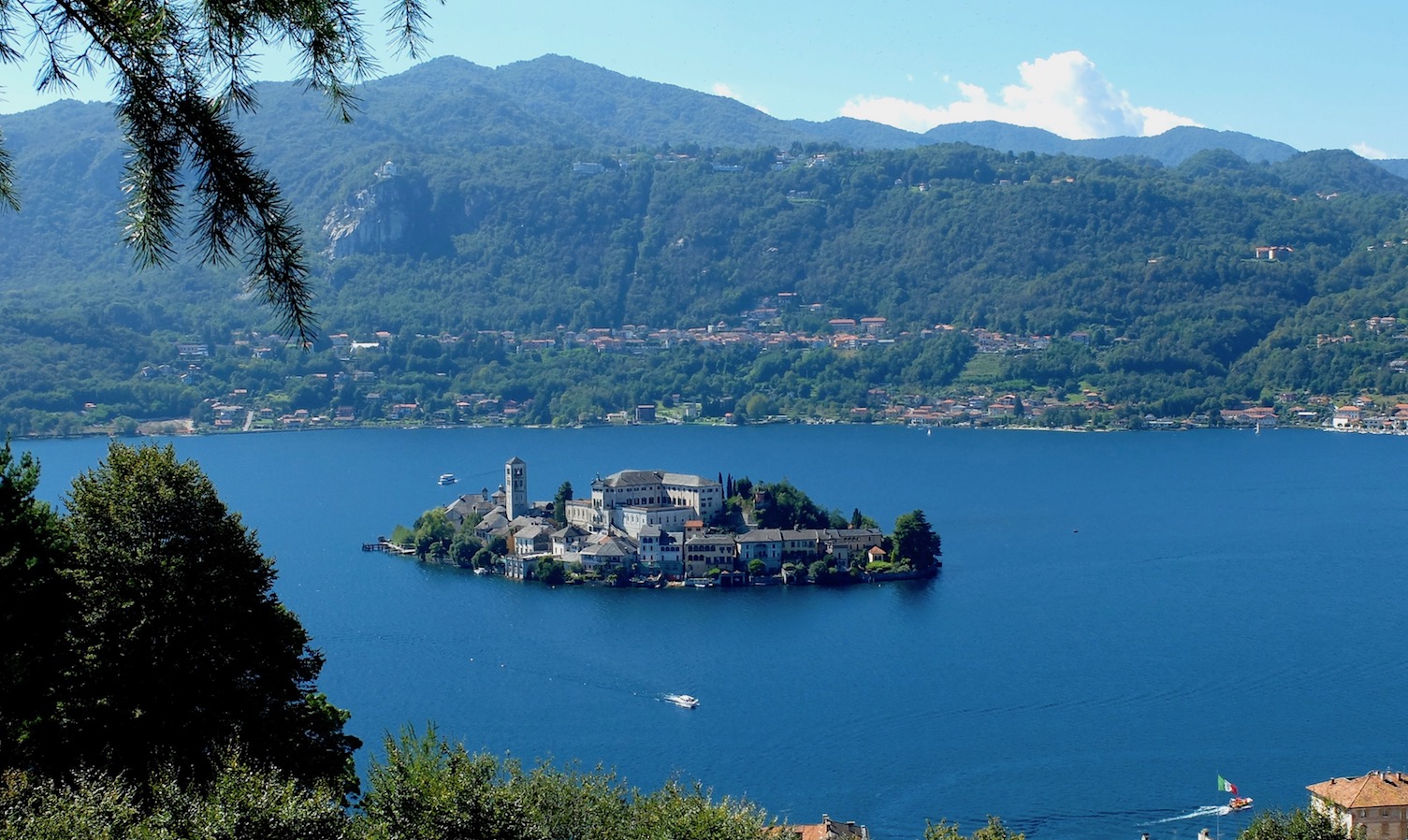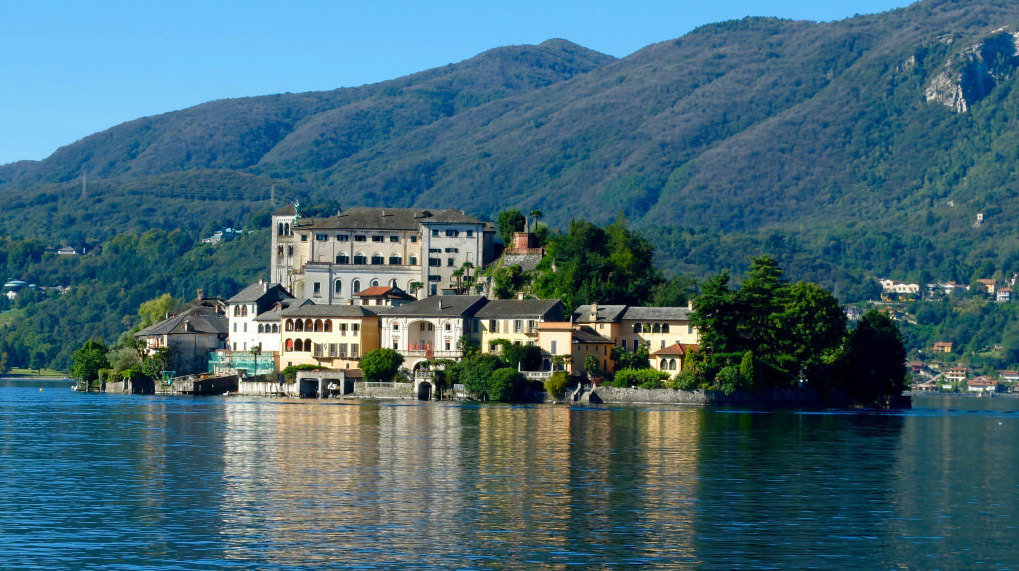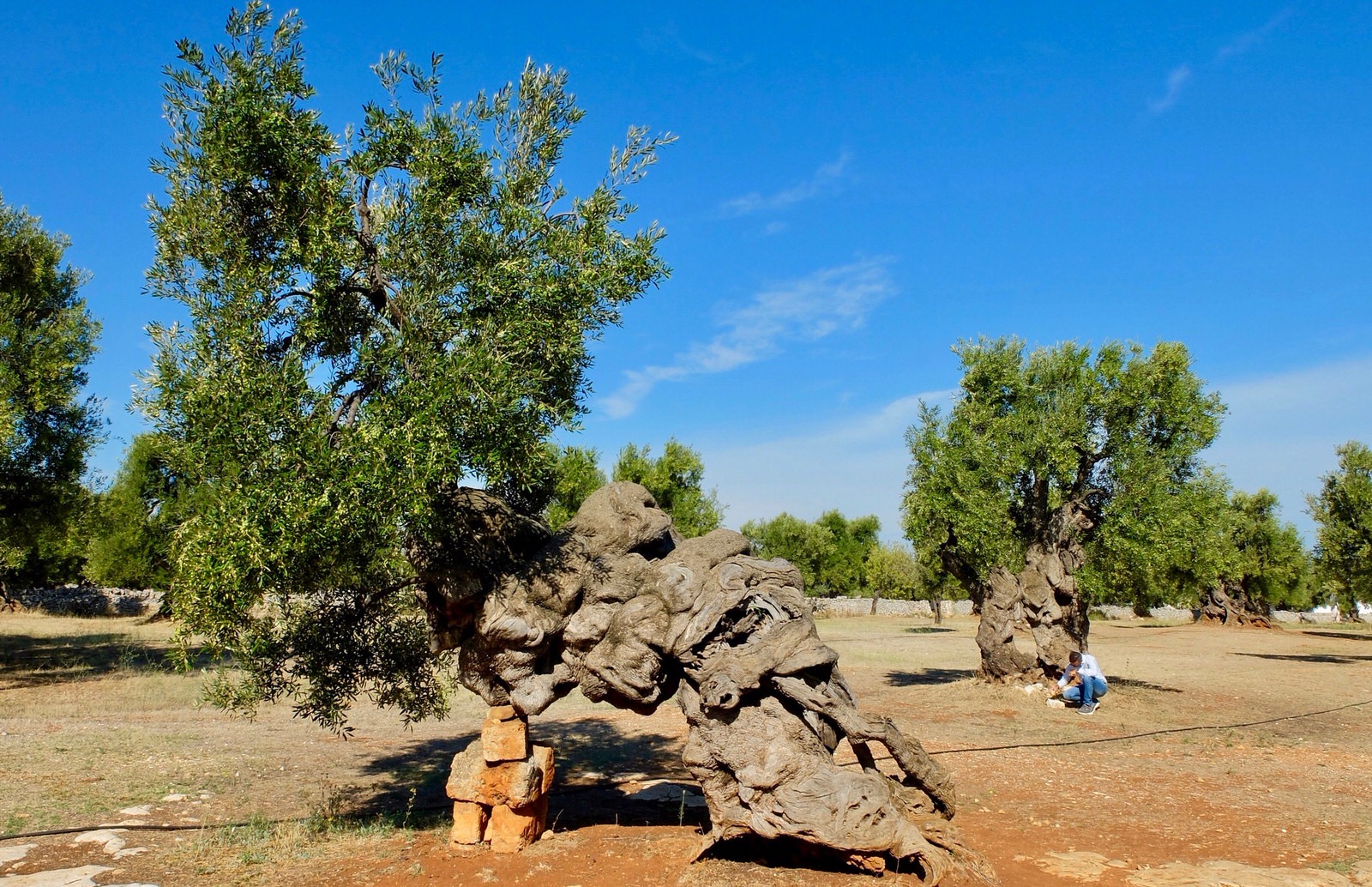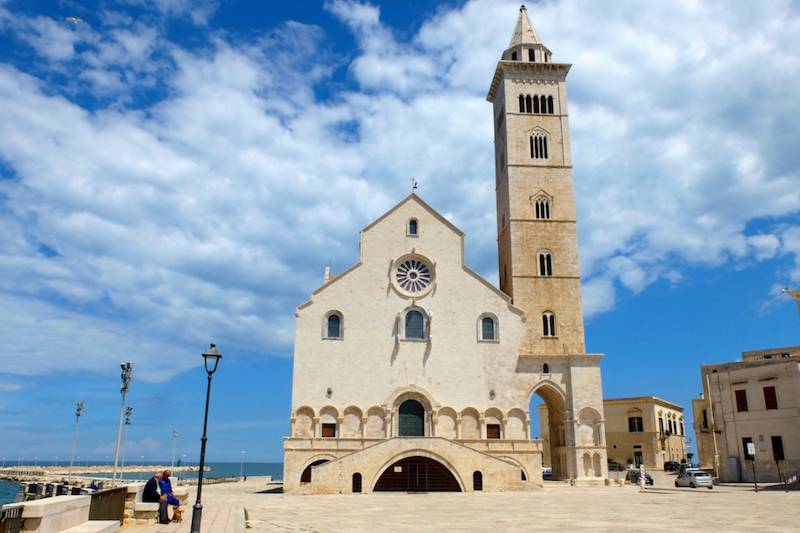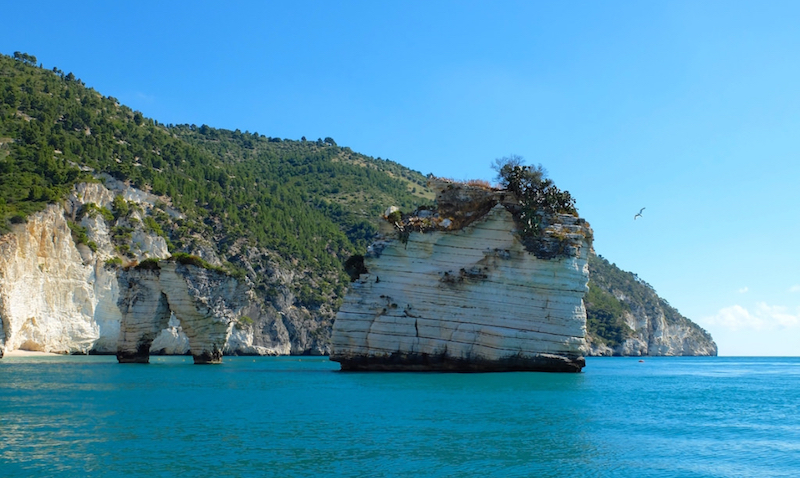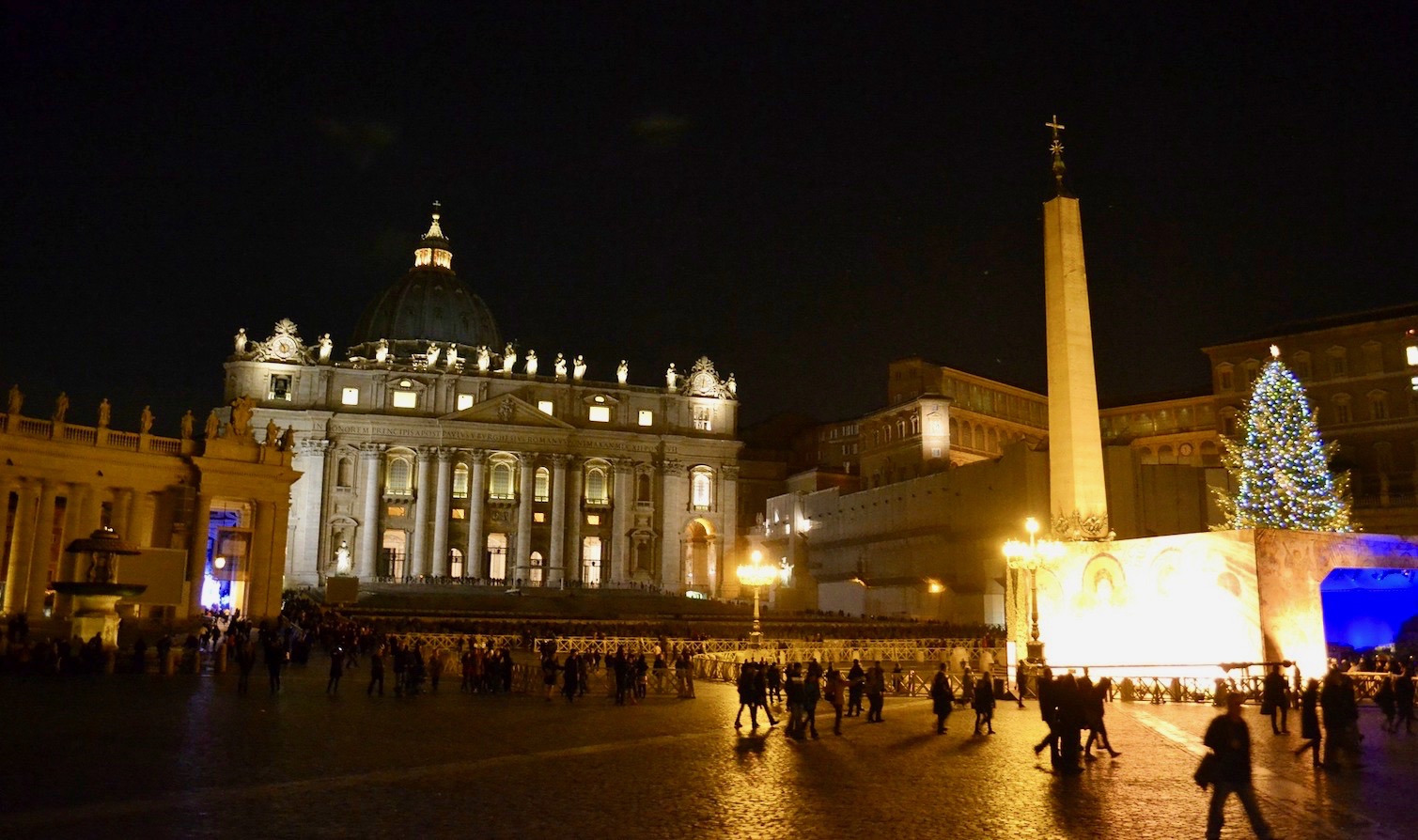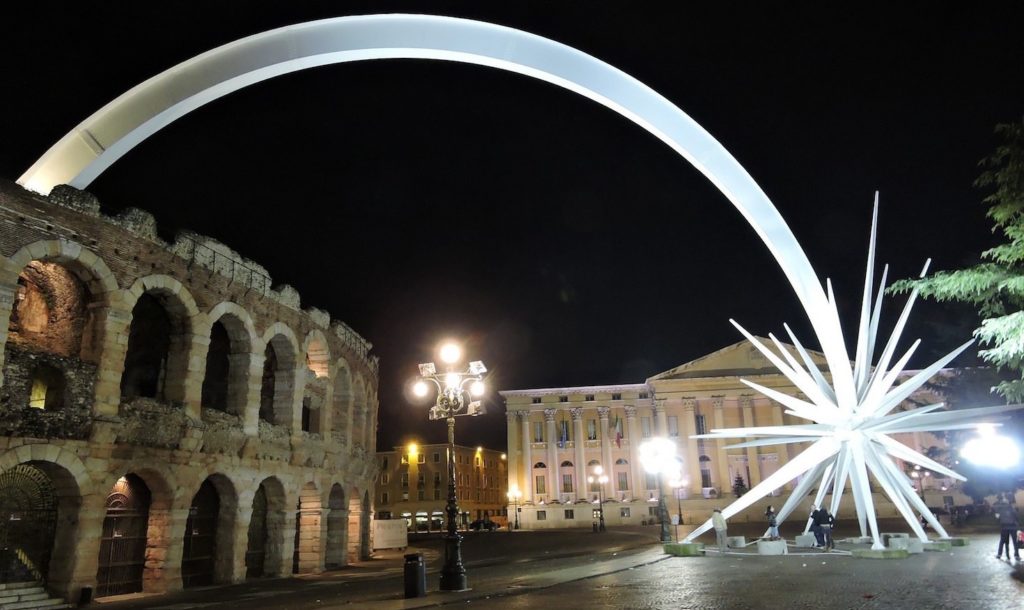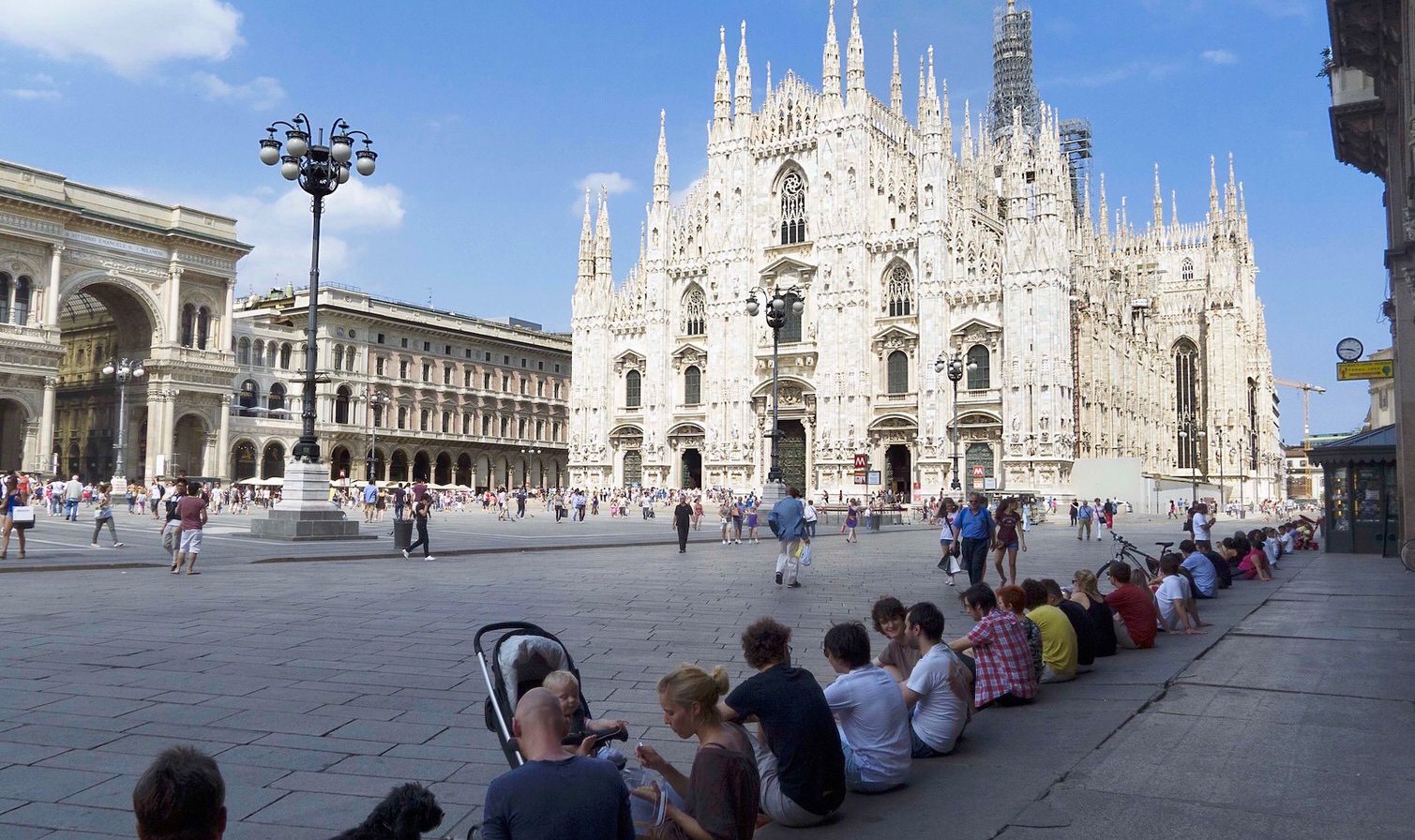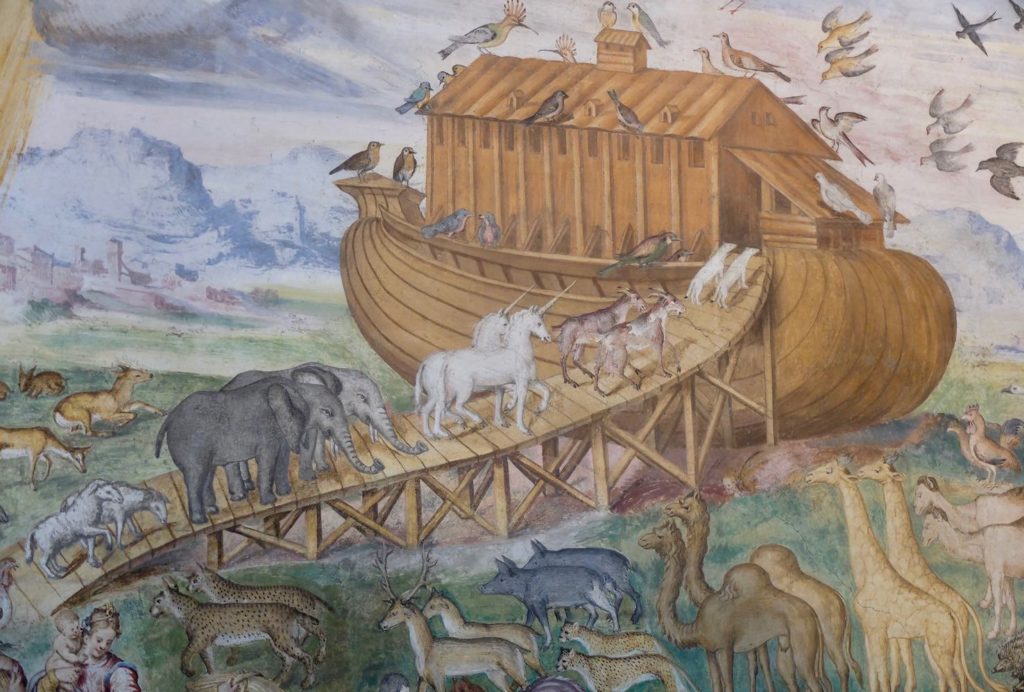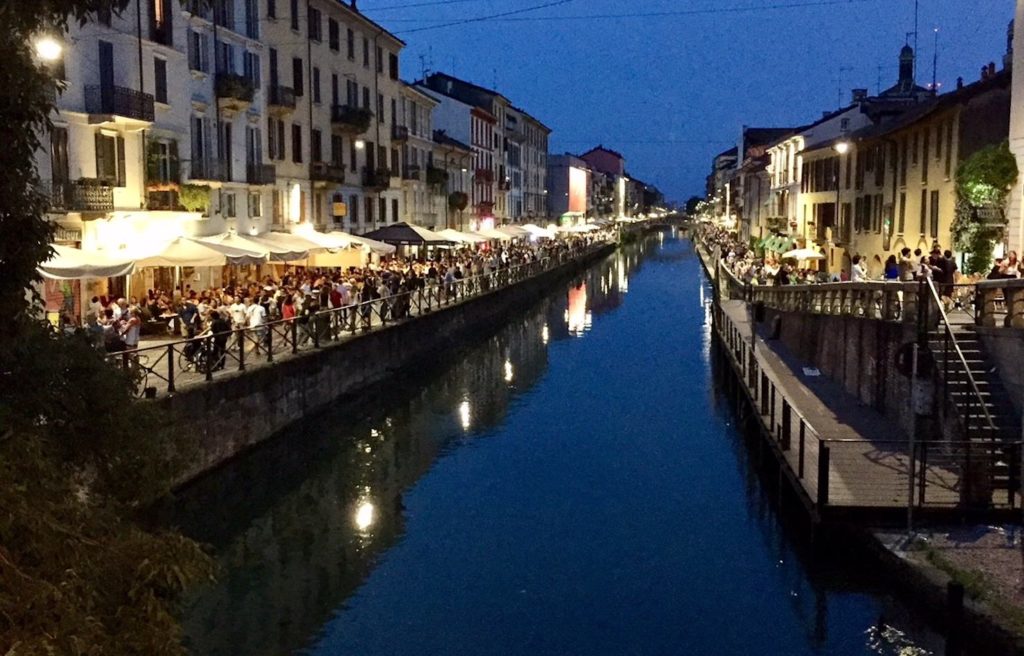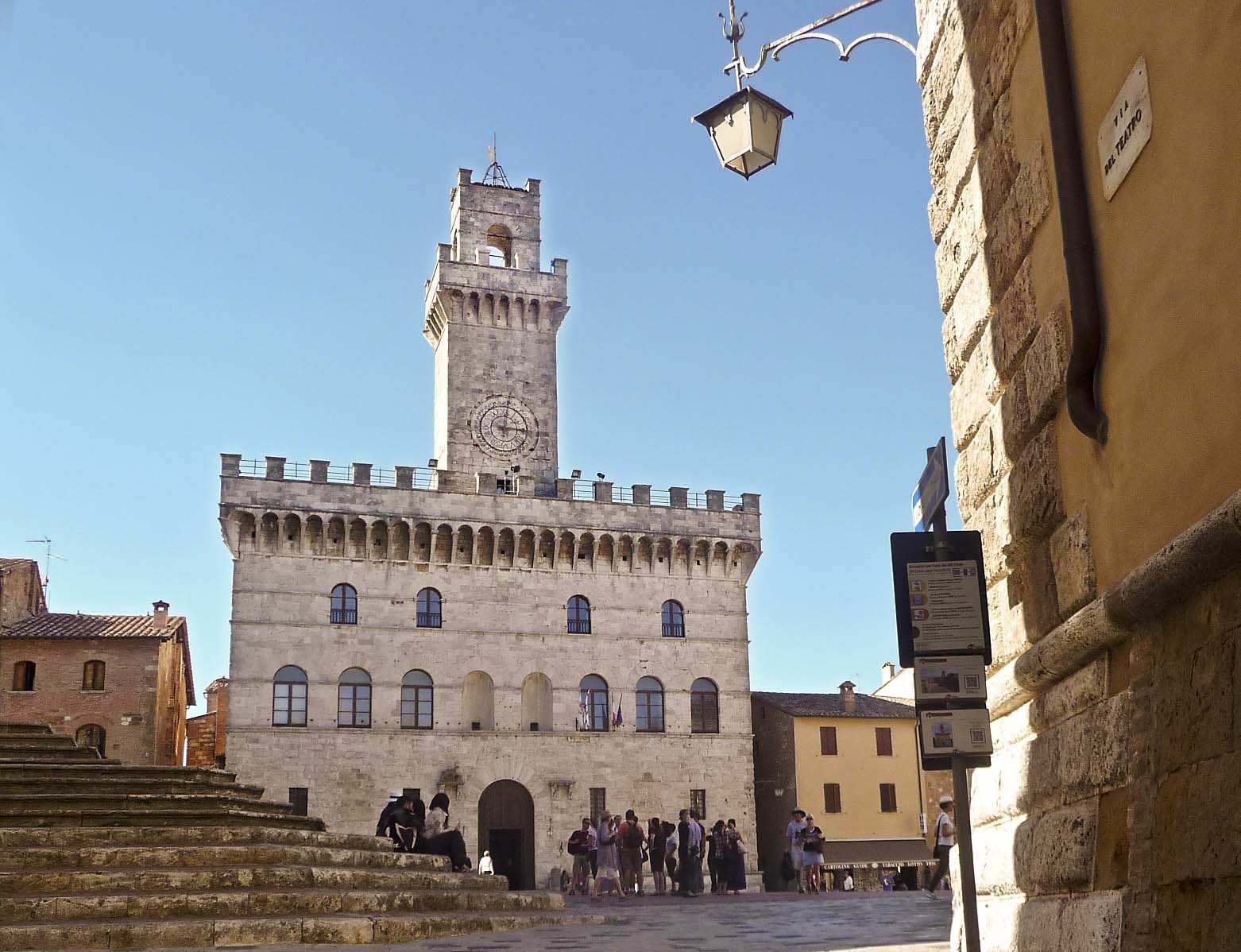13 Oct Uncover the authentic charm of Italy on a small group tour
Are you dreaming of a trip to Italy?
With its rich history, culture, and gastronomy, Italy has something to offer everyone. However, while some people enjoy planning their trips months in advance, others find the minutiae of planning overwhelming.
Our small group tours allow you to immerse yourself in the authentic charm of bella Italia, while someone else makes sure everything runs smoothly. Our itineraries are carefully crafted by Luca and Philippa, who personally plan every aspect of the journey. Come along and explore the magic of Italy in a way that’s both intimate and enriching.
What is it that makes our tours so unique?
Carefully planned Itineraries
Our tours are meticulously designed to provide you with an authentic Italian experience. We’ve scoured the country to curate the perfect blend of history, art, culture, and gastronomy.
Small groups
Our small groups of no more than 12 adventurers ensure a personalised and intimate experience. You’ll create meaningful connections with your fellow travellers, your tour leader and the locals you meet along the way.
Slow-paced exploration
We believe in savouring every moment. With a minimum of 3 nights in each location, you’ll spend less time packing and unpacking and more time exploring at your own pace.
Expert Italian tour leaders
Our passionate tour leaders are dedicated to introducing you to Italy’s hidden gems. Their intimate knowledge of the country helps unlock unique experiences that aren’t accessible to all travellers.
Culinary delights
We love introducing our clients to the regional specialities that make eating in Italy so interesting. Most of our meals are à la carte, allowing you to relish the rich flavours of the regional cuisine and enjoy exceptional local wines.
A great time
Our tours are not only about exploring Italy’s hidden gems but also about having a great time. We don’t take ourselves too seriously, and we believe it’s important to enjoy every moment, laugh and create some wonderful memories.
